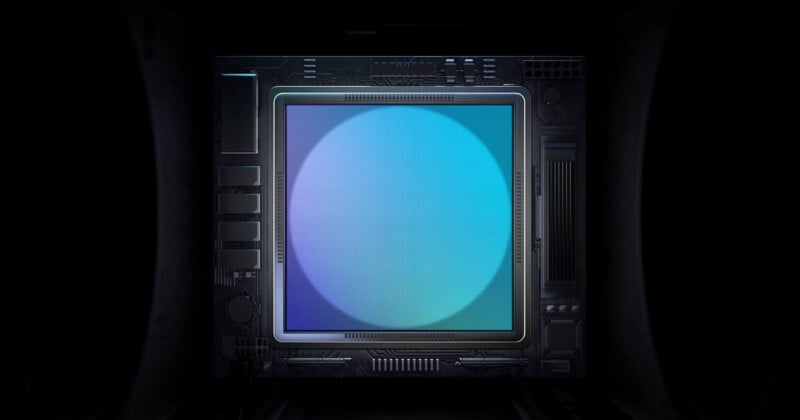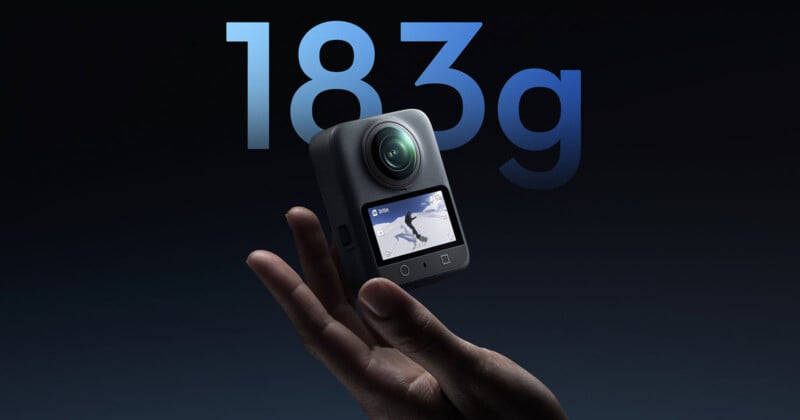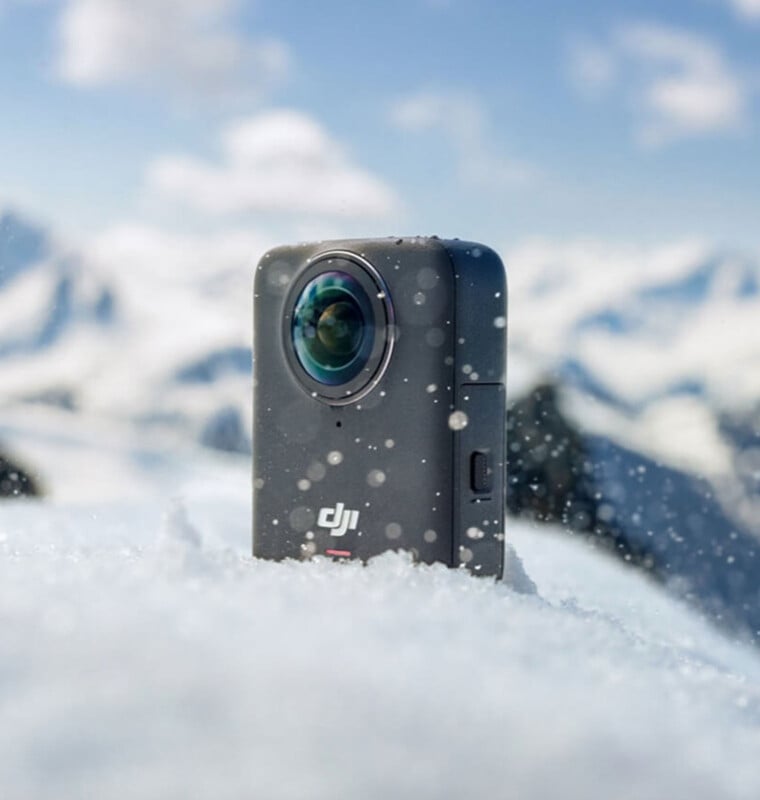DJI’s First 360° Camera Captures 8Kp50 Video and ‘Sharpest’ 360° Photos
![]()
DJI announced the Osmo 360, the company’s first 360-degree camera. DJI claims its new Osmo 360 captures the sharpest 360-degree photos on the market.
“The Osmo 360 delivers the sharpest photos possible on the 360 camera market,” DJI promises. This claim is backed by the Osmo 360’s Type 1/1.1-inch CMOS sensor, which can capture 120 megapixel photos in its panoramic photo mode and 30.7-megapixel shots in a single-lens mode.
In contrast, Insta360’s popular X5 360-degree camera has Type 1/1.28 sensors and can capture up to 72-megapixel photos in multi-lens mode and 18-megapixel ones using a single lens.

Beyond its image quality claims, DJI also boasts that the Osmo 360 is the first 360 camera to capture 8Kp50 360-degree video and is the first 360 camera that can continuously shoot 8Kp30 video for 100 minutes.
Again, for comparison’s sake, the Insta360 X5 can record 8K video at up to 30 frames per second and 5.7Kp60 video.
![]()
“With the Osmo 360, DJI is challenging the status quo of the 360 camera market,” says Christina Zhang, Senior Director of Corporate Strategy at DJI. “We are revolutionizing panoramic innovation by leveraging DJI’s long history of innovation in creative camera technology. With each technological breakthrough, from 1-inch 360° imaging with industry-first square HDR sensor, to outstanding low-light performance, we aim to change what’s possible in a 360 camera.”
The Osmo 360’s “industry-first” square HDR image sensor has the same 360-degree image field as a typical Type 1 image sensor, which is usually rectangular, while eliminating the space wasted during 360-degree capture. DJI says this results in “25% more sensor utilization.”
![]()
DJI also says the Osmo 360’s large 2.4μm pixels improve visible sharpness, reduce noise, and deliver better low-light performance than the competition. DJI also says the Osmo 360 offers better dynamic range, with the company promising an impressive 13.5 stops. The camera’s relatively large image sensor design is paired with a fast f/1.9 lens.
Like competitors, the DJI Osmo 360 has an invisible selfie stick mode, high-frame-rate 4K video (4Kp120), 360-degree photo capture, gesture and voice control, automatic horizon leveling, intelligent autofocus tracking, and a suite of editing tools, including a standalone app and an Adobe Premiere plugin.
DJI, which has extensive action camera experience, says that the new Osmo 360 is also a highly capable single-lens action camera. Users can swap between the front and rear lenses without stopping recording, and the Osmo 360 can work as a single-lens first-person action camera. The single lens mode can shoot 5Kp60 video with a 155-degree field of view and 4Kp120 video at 170 degrees.

The DJI Osmo 360 weighs just 183 grams (6.5 ounces) and is designed to handle extreme weather. Straight out of the box, the Osmo 360 can be used at depths up to 10 meters (32.8 feet) underwater, although DJI notes that users must ensure the battery compartment cover and USB-C port cover are securely closed. Osmo 360 has an IP68 rating.
Speaking of the battery life, the Osmo 360’s internal battery can record continuously for 100 minutes at 8Kp30 resolution, although the optional Osmo 360 Battery Extension Rod can up that number to 180 minutes. The camera charges to 50% in just 12 minutes.

Pricing and Availability
The DJI Osmo 360 starts at $549.99 for the standard kit, although it is currently out of stock and it is not clear when it will become available in the United States. The Osmo 360 is available now globally.
There are also numerous combination packages available for extra, including a $699.99 “Adventure” combo, and a $760 “Vlog” Combo, to name just a couple.
Image credits: DJI